
9 minute read
WORKWEAR PREDICTIONS PPE gets smart
PPE GETS SMART
Demand for more comfortable and effective personal protective equipment continues to grow. Industry providers share their thoughts on the key trends, including artifi cial intelligence, sustainability and ergonomics.
Whether it is eye protection, gloves, helmets or safety footwear, the market for personal protective equipment (PPE) is predicted to grow as manufacturers invest billions in R&D for the latest innovation and extend winning product ranges.
The 2016 report, Personal protective equipment market in the UK 2016-2020, predicted that the UK would see around a 3.5% growth in PPE during this period. The drivers behind this trend include growth in sectors such as construction, where a knock-on effect of UK Health and Safety Executive (HSE) inspections, which
encourage compliance with legislation (see PPE timeline overleaf), has arguably been a greater awareness of workplace hazards among employers. Under the Management of Health and Safety at Work Regulations 1999, employers are required to follow a hierarchy of prevention and control measures and, in theory, only supply PPE as a last resort after engineering controls and safe systems of work have been applied. Many adhere to this. However, others have unwittingly contributed to the growing PPE market by failing to adopt earlier control measures. One of the most glaring has been the provision of PPE designed for men when increasing numbers of women are entering sectors such as construction. As the Trades Union Congress noted in Hazards at work: organising for safe and healthy workplaces, the provision of this same PPE to women can introduce serious hazards.
With close to 300,000 female workers employed in the UK construction sector and the number rising, one of the major innovations in PPE has been a greater provision of culturally appropriate safety wear. But what other industry trends can we expect in the next few years? WORDS NICK WARBURTON
48 SIMON ASH, UK sales manager, HAIX: ‘Product design is increasingly focusing on introducing features that improve worker wellbeing, including smarter material choices at the production stage, such as working in carbon or composites instead of traditional steel that decrease overall boot weight and ensure consistent comfort without compromising on protection.
‘We’re also seeing trends in working with human biology in new ways, like design elements that stimulate foot fasciae to reduce wear fatigue or correct and improve posture, which will reduce longer-term detrimental health effects. We’re seeing companies adapting to
view the employee as an individual, with individual requirements from their PPE. If this will help to make sure that workers actively want to wear PPE, rather than feel like it’s something forced on them, then that is a very positive step.’
ADAM YOUNG, marketing director, Arco: ‘The introduction of 5G, the decreasing cost of sensors and the data-crunching power of artifi cial intelligence will bring in a new wave of connected safety solutions that will help safety professionals to address some of the behavioural aspects of safety that are diffi cult to control. This will be invaluable for businesses employing
ETHICAL CHOICES VEGAN-FRIENDLY FOOTWEAR
V12, a manufacturer of safety footwear, has developed a vegan-friendly range of boots to meet demand among employees.
Andy Turner, managing director of the Chippenham-based company, says: ‘For a product to be considered vegan-friendly, it cannot contain animal material – fur, hide, hair or even shell.’
In V12’s case this also extends to the adhesive that holds the shoe together. Typically, this contains gelatine, but the manufacturer says it uses a vegan-friendly glue made without any animal ingredients, although still offering the same strength. Turner adds that V12’s range has been constructed from a breathable leatherfree material. ‘If the label mentions “other materials” as opposed to “leather” followed by a symbol, this would usually indicate they are made from a synthetic material, but you should always doublecheck with the company if you are unsure. ‘Also, look out for symbols that categorise products as part of a vegan range.’ isolated workers such as technicians and security offi cers, allowing them to remain updated on their exact location, and to receive alerts in the event of an accident. Wearable devices can also monitor the external environment of the user, collecting and analysing data on aspects such as noise, helping to monitor for unsafe levels and reducing harmful exposure levels.
‘Other new technologies such as drones and augmented/virtual reality will mean that workers will not have to carry out some higher hazard activities such as inspections at height or under water.’
DR MOHAMMAD OSMAN, materials and PPE specialist, Elis: ‘There will be a wider range of PPE solutions that are multi-functional, complying to multiple safety standards, with more durability, sustainability and prolonged lifespan. We also expect to see a wider range of options for the growing number of women working in industry.
‘It is likely that more suppliers will build radio frequency identifi cation (RFID) technology into all PPE workwear, to reduce missing PPE, achieve better stock control and to monitor the cleaning quality of garments. There is also a growing awareness of the importance of the correct laundry of PPE to ensure that protection qualities are not compromised. This will help to improve wearer safety.
1992 2002
PPE timeline
Over the years, regulations other than the Personal Protective Equipment at Work Regulations 1992 (as amended) have been introduced to cover PPE and areas such as hearing protection and respiratory protective equipment (RPE).
PPE at Work Regulations (as amended) PPE should be supplied and used in the workplace wherever there are risks to health and safety that cannot be eliminated or managed in any other way. Employers must properly assess the PPE to ensure it is suitable. Control of Lead at Work Regulations (as amended) Use PPE where adequate control cannot be achieved solely by application of operational or engineering measures, appropriate to the activity and consistent with the risk assessment.
2002
Control of Substances Hazardous to Health Regulations (as amended) Risk assessments should ensure employees are not exposed to hazardous substances. Where exposure cannot be prevented, they must provide suitable PPE and control measures.
‘Ongoing developments in materials and design, coupled with improved maintenance of PPE workwear, will help to achieve a safer working environment.’
STUART THORNE, managing director, U-Power: ‘Demand for safety footwear continues to grow, as awareness of the positive role it plays in health and wellbeing, increases. ‘Products include work shoes with highly slip-resistant anti-fatigue inserts in the outer sole, made from a revolutionary new material that stimulates the foot to continually revitalise blood fl ow and energy through the legs and feet. This eases fatigue and relieves neck, back, leg and joint pain, increasing circulation, and provides comfort and safety.
‘The use of memory foam in insoles also brings augmented comfort, while enhanced materials with higher levels of abrasion resistance add to durability and improved grip leads to reduced risks of slips, trips and falls.
‘Footwear will generally be lighter, more breathable and more comfortable.
‘These innovations will lead to reduced fatigue and injuries and work absences and to a generally happier, safer and more productive workforce, more accepting of the need to wear PPE. Finally, the demand for fashionable, sporty footwear will continue an upwards trajectory.’
STEVE MARNACH, EMEA training specialist and pharma specialist, DuPont Personal Protection: ‘The awareness of chemical risks in the workplace and the long-term health problems from daily exposure to hazardous substances has increased signifi cantly. The tightening of UK government regulations and the expansion of markets that require PPE are also a driving factor. At the same time, every workplace is different, with unique risks and requirements. Companies developing PPE must innovate in line with these trends.
‘Manufacturers continue to invest heavily in R&D to develop market-leading materials and products that meet stringent government standards.’
RESOURCES
Personal protective equipment market in the UK 2016-2020: bit.ly/PPE-market-report TUC guidance from Hazards at work: bit.ly/TUC-PPE-guidance
IOSH article on culturally appropriate safety wear: bit.ly/IOSH-PPE-appropriate
2005 2012 2017 EXIT STRATEGY
Will Brexit lead to potentially dangerous PPE?
Some politicians and commentators view EU withdrawal as the opportunity to ‘take back control’ of UK laws, which could mean putting a red line through some or all of the laws that derive from EU directives and regulations such as PPE Regulation (EU) 2016/425.
The intention of the legislation is to give organisations and their employees confi dence concerning the safety and effi ciency of PPE placed on the market. It makes no sense to push the UK down the road of ‘regulation lite’. All we know is that the act provides for an ‘implementation period’ until 31 December during which EU laws and treaties will continue to apply while current arrangements are reviewed.
The government and HSE websites are remarkably quiet on what legal options are under consideration, including the possible revocation of EU-derived health and safety legislation. The evidence is clear: the economic and social benefi ts of having health and safety laws that align to our main trading partners in the EU are indisputable.
Neal Stone is head of policy and governance at McOnie
2018
Control of Noise at Work Regulations (as amended) Where employees are exposed to noise, employers must provide them with adequate ear protection. They must also make sure any equipment provided is carefully maintained and used. Control of Asbestos Regulations A person working with asbestos would, where necessary, have to use RPE and protective clothing. Employers are required to carry out fi t testing of RPE that incorporates a tightfi tting face-piece. Ionising Radiations Regulations Employers must ensure that any RPE used with ionising radiation conforms with agreed standards. They must also ensure that any PPE and other controls are regularly examined and properly maintained. PPE Regulation (EU) 2016/425 This regulation covers the design, manufacture and marketing of PPE. Importers and distributors, in addition to manufacturers, must take measures to ensure that PPE meets standard requirements and make available on the market only compliant products.
The right protective workwear – clean and where you need it.

Your expert partner for protective workwear advice, supply and laundry.
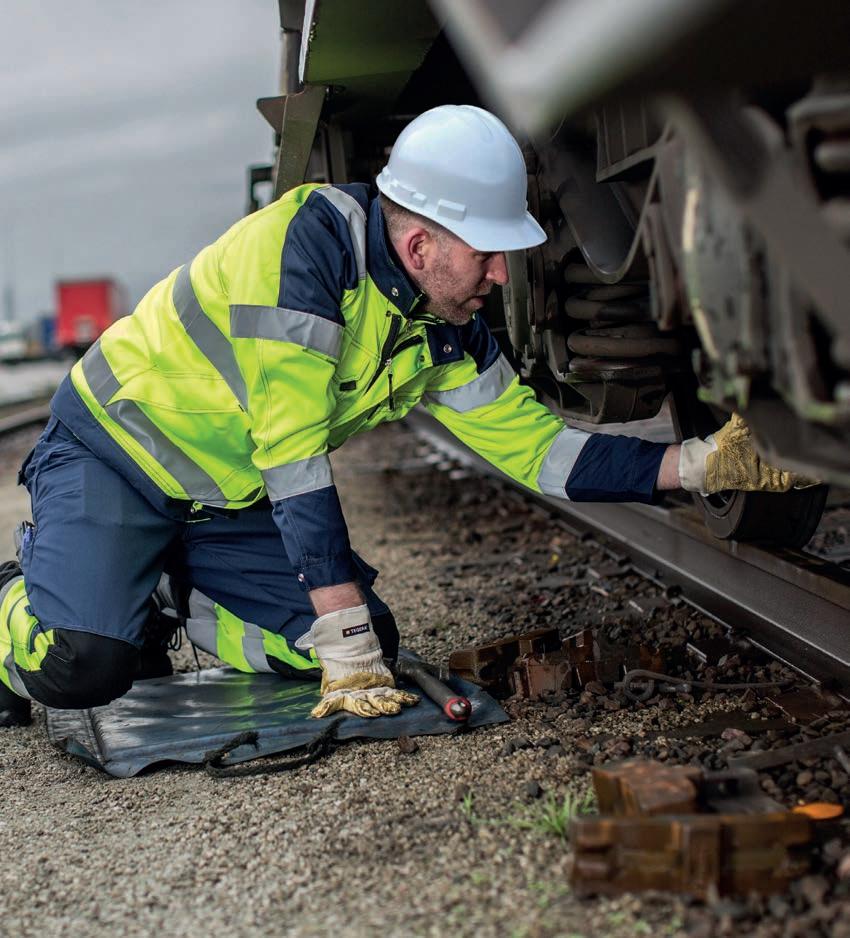
No up-front purchasing costs High quality, certified workwear Bespoke options Reliable laundry services, nationwide Cost effective packages
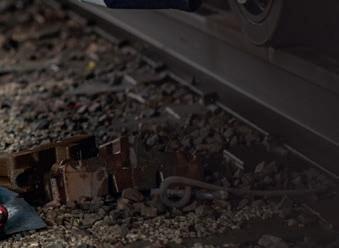
Plus mats and washroom services.


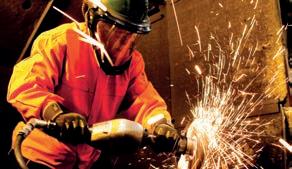
uk.elis.com Telephone 0800 616691
Infl uence
EMPOWERING HEALTH AND SAFETY PROFESSIONALS AROUND THE WORLD
IN THIS SECTION
Organisations need to take fatigue management seriously, says Thames Water’s chief health, safety and security offi cer, Karl Simons P52 | DOSH’s director general talks about Malaysia’s commitment to OSH improvement for the country’s workforce P56 | Compliance with ISO 45001 – what is IOSH doing? P62
Master plan for Malaysia OSH AMBITIONS
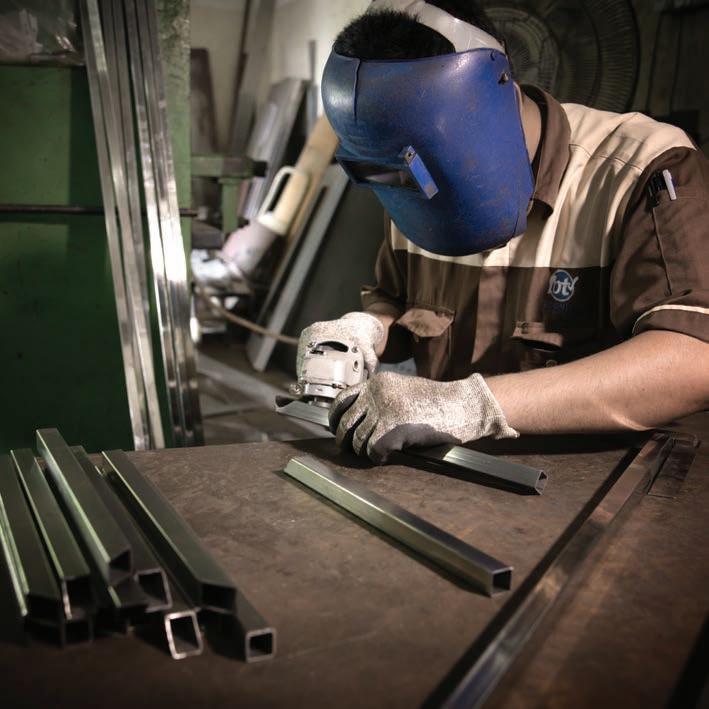
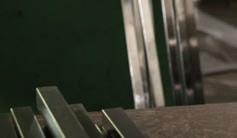





P56











